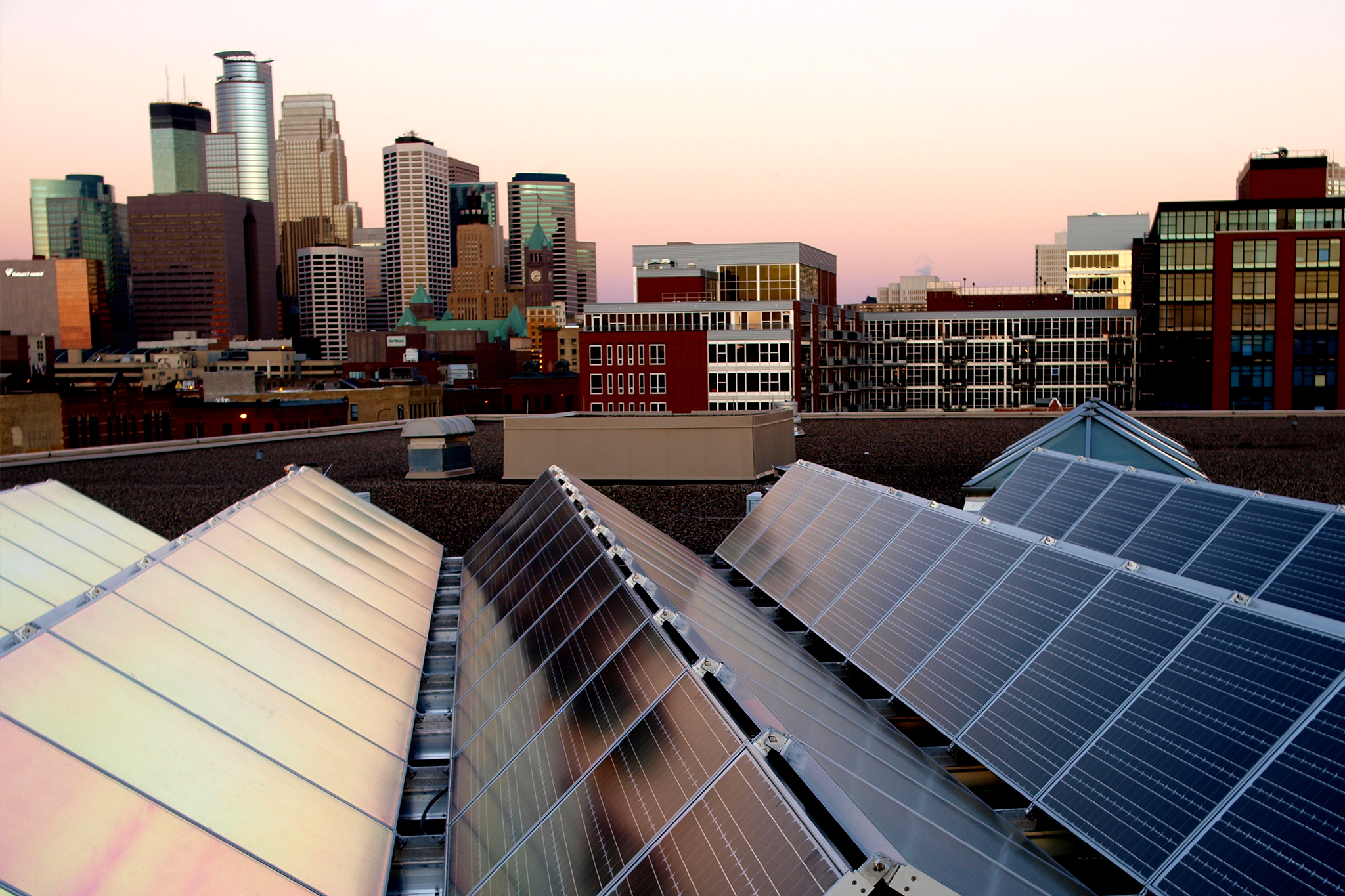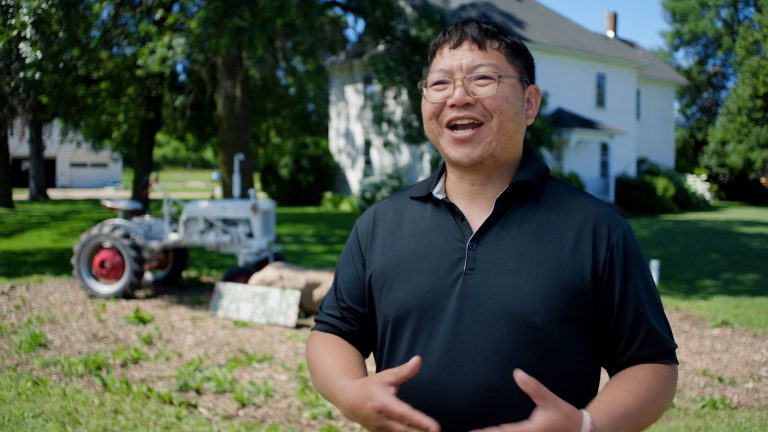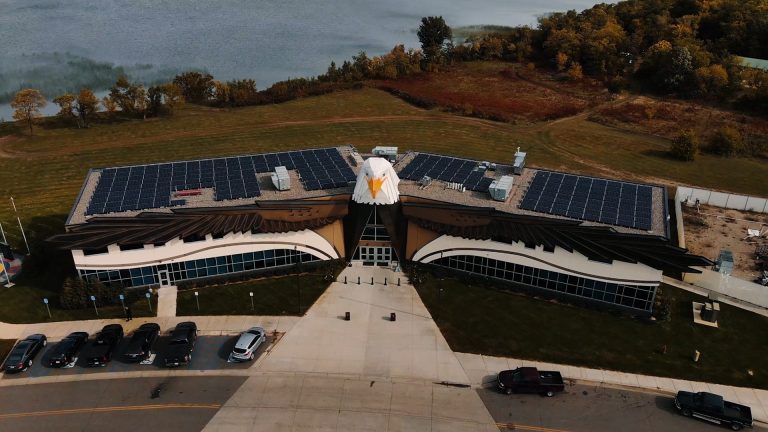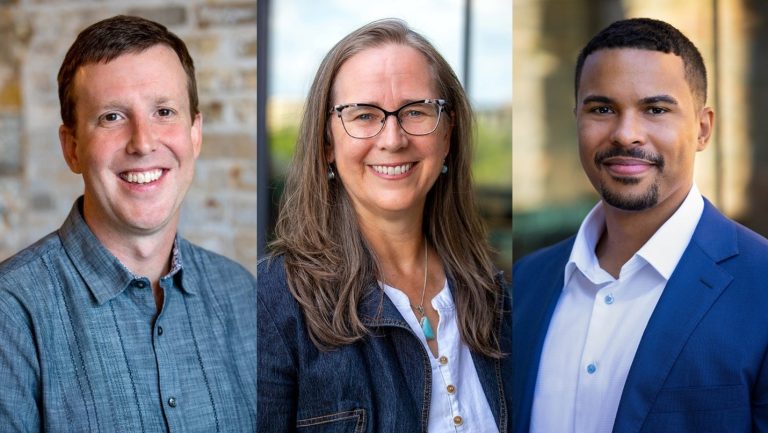In fall 2017, McKnight’s Midwest Climate & Energy program undertook a strategy refresh in response to the tremendous growth in clean energy markets nationwide and the sobering climate math.
As the largest greenhouse gas emitting region of the country, the Upper Midwest must do its part to accelerate the reduction of heat-trapping emissions into the atmosphere. As a foundation, we believe philanthropy has a critical role to play in providing tailwinds to positive, solutions-oriented forces and supporting 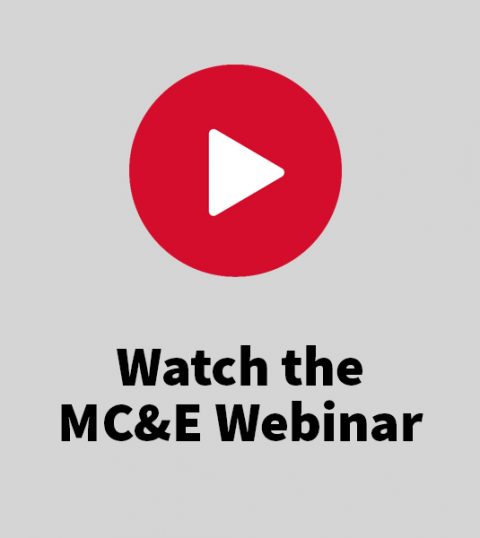 public engagement in areas where market failure is still occurring.
public engagement in areas where market failure is still occurring.
A National and Global Landscape Analysis
The frightening reality of a changing climate—with its threats to our health, safety, and local, state, and national economies—is more palpable with each passing year.
As daunting as this challenge is, we are encouraged to see new forms of organizing and engagement, and a growing public voice from business and other sectors of society. Climate progress is also benefiting from significant market momentum. Thanks to supportive policy and regulatory environments, renewable power is now as cheap as, or cheaper than, fossil fuels, and demand for electric vehicles has grown much faster than initially expected. Clean energy jobs in the Upper Midwest grew nearly five times faster than jobs overall in the region in the last two years.
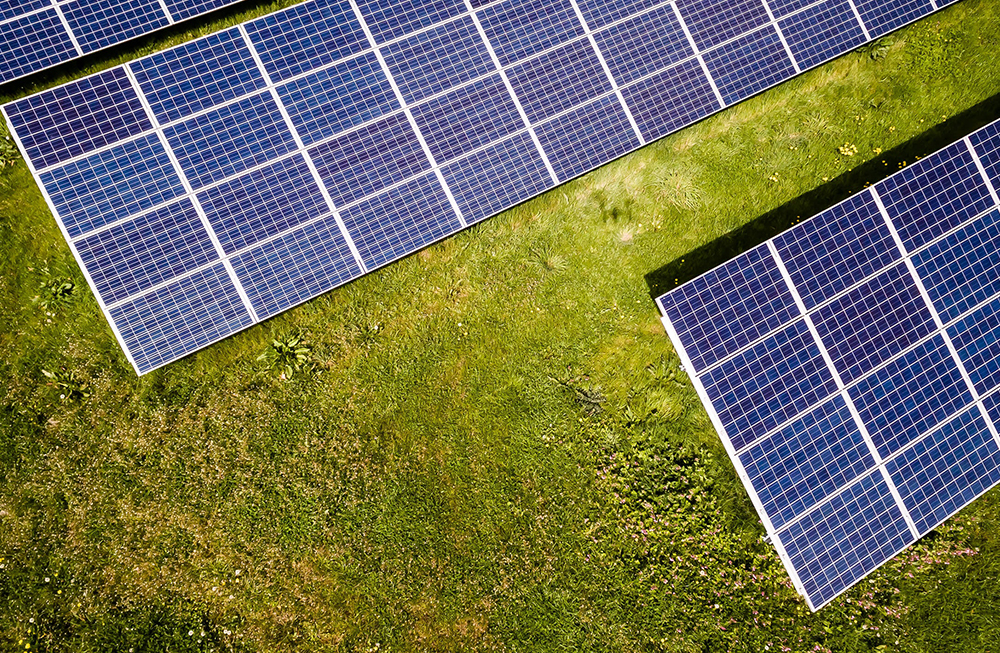
Pulling from recent peer-reviewed literature issued by the National Academy of Sciences, as well as the 2016 White House report, United States Mid-Century Strategy, our program recognizes that in order to hold global average temperature increase at or below 2 degrees C we must support a staggering acceleration of the current clean energy progress. Economy-wide net greenhouse gas emissions reductions that result in peaking of emissions by 2020 and a steady and steep decline through 2050 require three major categories of action at the global level: transitioning to a low-carbon energy system; sequestering carbon through forests, soils, and CO2 removal technologies; and reducing non-CO2 emissions such as methane and nitrous oxide.
This year, our program is using a deep decarbonization framework to structure our grantmaking, research, and convenings.
How does the work we support in Minnesota and the Upper Midwest nest within this larger national and global analysis?
The goal of the Midwest Climate & Energy program remains the same: to foster and support climate and energy leadership in the Midwest, making the region a model for the world by reducing energy-related greenhouse emissions in all sectors of the economy.
A Deep Decarbonization Framework
This year, our program is using a deep decarbonization framework to structure our grantmaking, research, and convenings. By cleaning the electric grid and electrifying other parts of the economy—such as transportation—we can begin to realize decarbonization of a larger swath of the overall economy.
This is a natural evolution of the power sector work we have supported over the last several years, as well as a shift that many of our grantees and partners have adopted. A notable difference from our previous analysis is that a deep decarbonization frame requires the following: a more transformative systems-oriented strategy that moves beyond incremental additions of renewables; a longer time scale for planning; and greater flexibility to draw strategic connections between solutions. Given that the power and transportation sectors remain the most significant source of emissions in the US, our program will continue to aim our interventions primarily at these sectors. We simultaneously recognize the climate co-benefits of other areas of McKnight’s grantmaking in the Midwest, including its efforts to affect land use decisions and reduce agricultural pollution in the Mississippi River corridor.
Climate Change and Equity
In addition to technical analysis, we appreciate that climate change poses the greatest risk to the poorest and most vulnerable populations and acts as a threat multiplier that can exacerbate poverty and racial and economic disparities. McKnight’s new Statement on Diversity, Equity, and Inclusion is another new input in our updated strategy. This year, we will be exploring with grantees and partners how our program can diversify the voices influencing policy and ensure that the benefits of clean energy are widespread.
Six Drivers of Change
To reach our goals, there are six drivers of change that McKnight’s grantmaking, convening, and impact investing seek to shape. These are the areas where we will direct our philanthropic interventions and where we will measure progress over the next three to five years. Keeping to a 2-degree Celsius path requires aiming these and other drivers of change at policy, regulatory, and other decisionmaking venues that influence and refine market structures and signals.
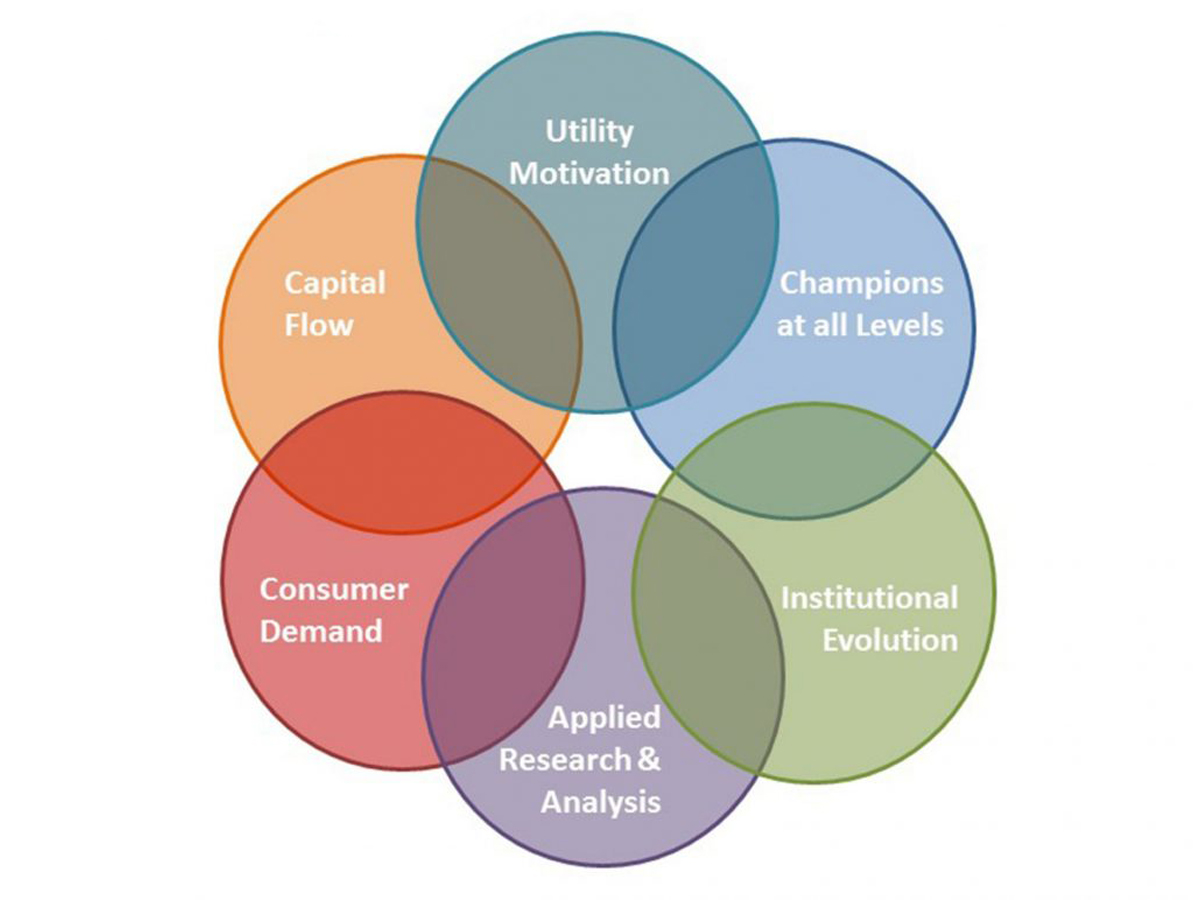
Utility motivation: As primary actors in the energy system, it is critical that utility financial incentives, business models, and market rules align with decarbonization outcomes. McKnight supports the e21 initiative, a national model for cross-sector engagement co-led by the Great Plains Institute and the Center for Energy and Environment.
Growing consumer demand: Clean energy and technologies must become more affordable and accessible to more people. McKnight supports Drive Electric Minnesota, a coalition that encourages deployment of electric vehicles (EVs). The group exposes consumers to the benefits of EVs and works in partnership to increase charging infrastructure.
Institutional evolution: The type of transformation required to deeply decarbonize the economy means that the people and institutions responsible for providing and regulating energy services need the tools to make informed decisions. With support from McKnight, the Regulatory Assistance Project is providing technical assistance to regulatory bodies throughout the Midwest.
Champions for clean energy at every level: In order for the Midwest and the US to advance clean energy solutions at the scale necessary to meet the problem, our message needs to effectively reach many more people. With the partnership of a local creative consulting agency, Seiche, we aim to lift up the stories of clean energy innovation across Greater Minnesota. We’ve encountered many stories, including those of rural residents who are building businesses, advancing distributed generation, and quietly powering schools, gas stations, and turkey barns with clean, affordable energy.
Applied research and analysis: Especially in a time of rapid change, regulators, policymakers, and the public need accurate information to make informed decisions about the energy system. McKnight is supporting modeling of Minnesota’s electrical grid to understand the cost and reliability implications of meeting the state’s deep economy-wide carbon reduction goals.
Capital flows: Climate change is an opportunity to attract vast capital flows into low-carbon investments that create jobs and spur economic development. Through McKnight’s Impact Investing program the Foundation is using its power as an owner of assets, consumer of financial products, as a shareholder, and market participant to advance our clean energy goals.
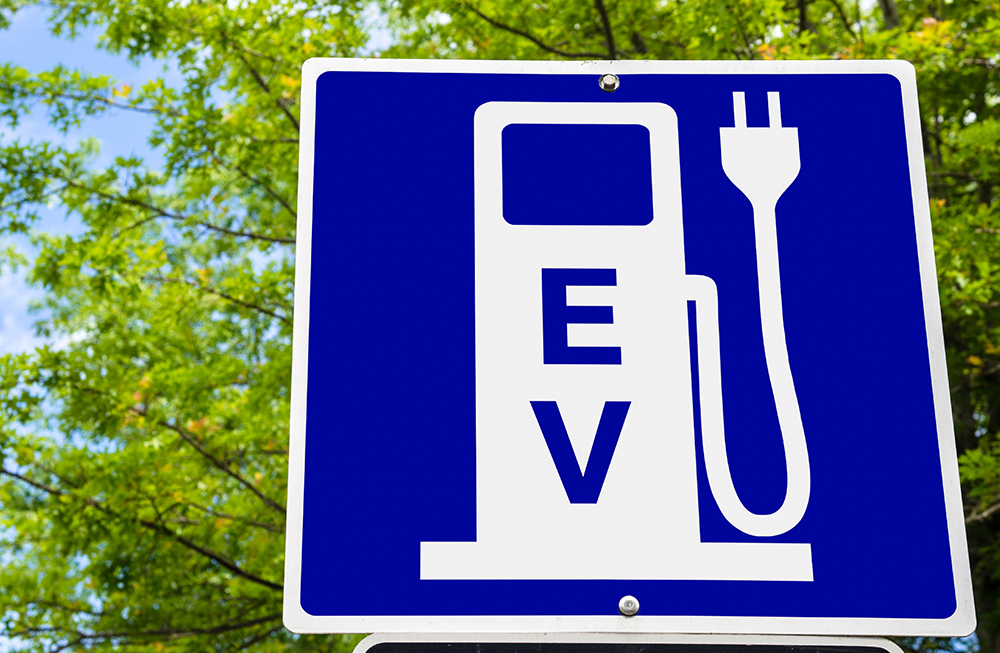
An Adaptive Approach to Strategy
Because this work takes place in an increasingly complex, fast-paced world, our updated strategy is adaptive at its core. We use an emergent learning approach that fosters informed strategy discussions within our team and among all of our partners to gauge what we are learning and make necessary pivots to strategy on an ongoing basis.
Finally, we recognize that while philanthropy can provide financial support, it is government, businesses, nonprofits, community organizations, and individuals who do the real work of energy transition. We’re grateful for and inspired by the climate leadership across sectors in Minnesota and the Upper Midwest, leadership that makes this region fertile ground for the seeds of philanthropic support. Together, I know we can do this.
